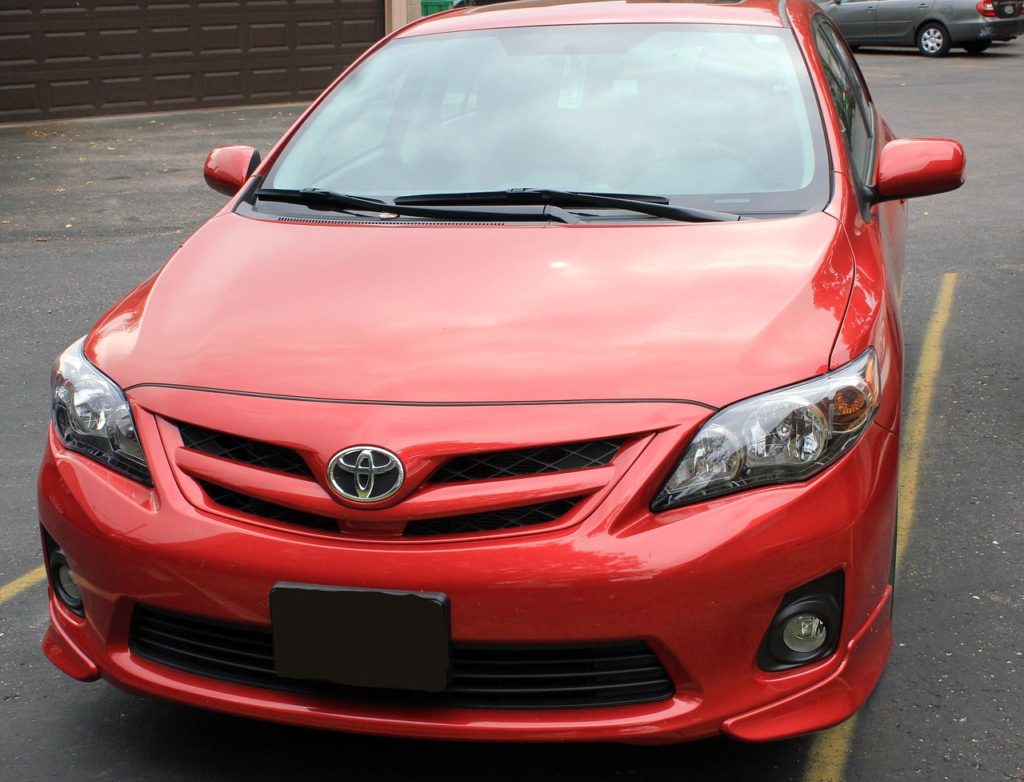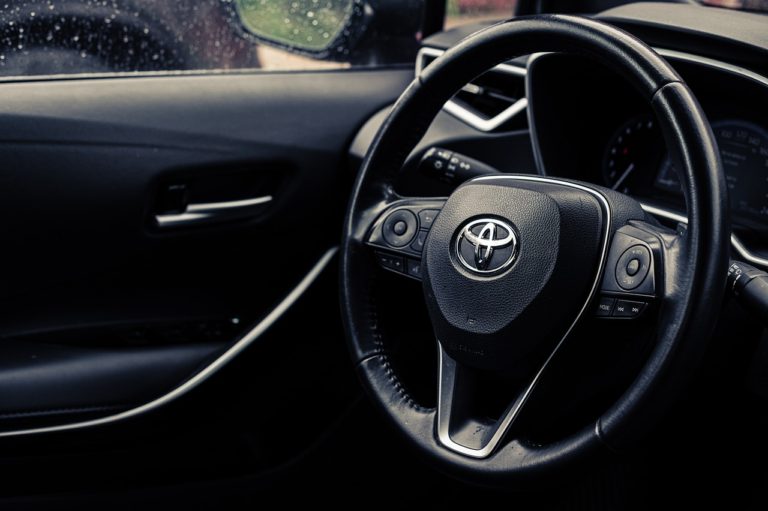How the Toyota Corolla Tire Pressure System Works
The 2017 Toyota Corolla is a reliable and efficient car that is equipped with various advanced technologies to ensure a smooth and safe driving experience. One of the most important systems in the Toyota Corolla is the tire pressure monitoring system (TPMS). This system helps drivers to maintain the proper tire pressure and ensure the safety and longevity of their tires. In this article, we will explain how the 2017 Toyota Corolla TPMS works, how to reset it, and what you need to know about it.
Steps to Reset Toyota Corolla TPMS Light
Turn the ignition ON or have the vehicle running in Park.
Open the glove box.
Hold down the TPMS button and the tire pressure light will start flashing.
Once the TPMS light stops flashing, release the button in the glove box.
The TPMS light has successfully been reset and it is recommended to drive a few miles. Before following this steps, be sure your tires are at the correct levels.
When to Reset Toyota Corolla TPMS Light
After adjusting tire pressure, adding or releasing.
After tire rotations.
After replacement of any tire or wheel.
Importance of Proper Tire Pressure
Proper tire pressure is critical to the performance, safety, and longevity of your tires. When the tire pressure is too low, the tires will wear out faster and generate more heat, which can lead to a blowout. On the other hand, when the tire pressure is too high, the tires will be less effective in absorbing shock, which can lead to a rougher ride and decreased handling. Additionally, tires with incorrect pressure can reduce fuel efficiency and increase emissions.
How the Toyota Corolla TPMS Works
The Toyota Corolla TPMS is designed to monitor the pressure of each tire and alert the driver if the pressure falls below the recommended level. This system uses sensors that are mounted inside the tire valves to measure the tire pressure and send signals to the TPMS control unit in the car. The TPMS control unit then displays the tire pressure information on the instrument panel so that the driver can see if any tire is under-inflated.
In the event of an under-inflated tire, the Toyota Corolla TPMS will alert the driver by illuminating a warning light on the instrument panel. This warning light will typically be shaped like an exclamation point. The driver should take this warning seriously and take action to correct the tire pressure as soon as possible.
Maintaining Proper Tire Pressure with the Toyota Corolla TPMS
The Toyota Corolla TPMS makes it easy to maintain proper tire pressure by providing real-time information on the tire pressure of each tire. To keep your tires in good condition, it is important to regularly check the tire pressure and adjust it as necessary.
To check the tire pressure in your Toyota Corolla, simply remove the valve cap from each tire and use a tire pressure gauge to measure the pressure. The recommended tire pressure for your vehicle can be found in the owner’s manual or on the doorjamb of the driver’s side door. If the tire pressure is too low, add air to the tire until it reaches the recommended level. If the tire pressure is too high, release air from the tire until it reaches the recommended level. Always check tire pressures when the vehicle is cold or has not been driven in a few hours.
Conclusion
The 2017 Toyota Corolla TPMS is an important system that helps drivers to maintain proper tire pressure and ensure the safety and longevity of their tires. By monitoring the pressure of each tire in real-time and alerting the driver if any tire is under-inflated, the Toyota Corolla TPMS provides peace of mind and helps drivers to make informed decisions about the maintenance of their vehicle.
If you own a 2017 Toyota Corolla, it is important to understand how the TPMS works and how to maintain proper tire pressure. By following the simple steps outlined in this article, you can ensure that your tires are always in good condition and that you are driving a safe and reliable vehicle.


